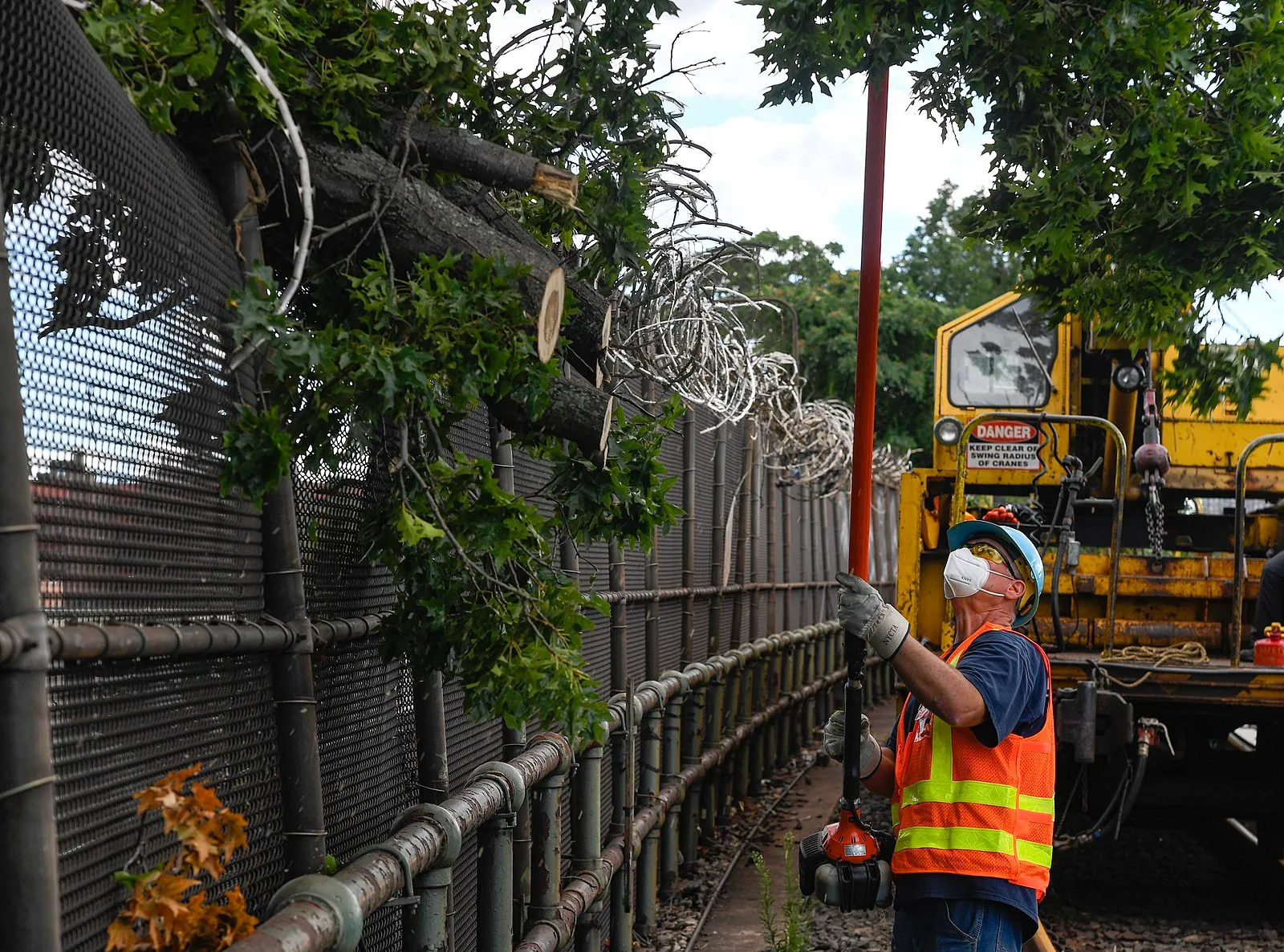A few years ago, welders started using automated laser welding procedures and incorporated them into the production lines. Today,
laser welding solutions can deliver energy quickly and accurately. The laser beam is focused to target difficult-to-access welds, and using it provides welders with more homogenous welds.
What Laser Welding Is
According to experts at
Micro Weld, laser welding often uses laser beams to fuse different materials, creating precise, clean, and strong joints. The process often operates in different modes, including:
- Laser seam – The method uses continuous, long seams to create a fillet at the joint of a welded material.
- Conduction welding – This happens when the beam’s power density is less than 105W/cm2, leading to welds with very low depth-to-width ratios. It is helpful for a delicate weld on a thin material.
- Laser spot – In this method, the laser makes small, localized welds to join complex, tiny parts.
- Keyhole/deep penetration welding – This happens when the beam’s power density is more than 107W/cm2, leading to welds with high depth-to-width ratios. The method is perfect for welding thicker materials requiring strong joints.
Why Laser Welding?
Laser welding comes with several benefits based on your application’s needs. It has rapid cooling and a low heat affected zone after welding, meaning the material’s surroundings are never annealed. There are hardly any integrity issues or deformities in the parts as there is no mechanical stress involved in the welding procedure. The procedure also works on various kinds of metals. It is accurate, ensuring it reaches parts inaccessible to other welding types without affecting or touching the material.
Common Applications
Laser welding is a technology with many applications in various industries. Welders choose it because of its capability to generate quality welds at a very high speed. They also choose it because it doesn’t cause any damage or harm to delicate parts. Some of the common applications of the procedure include the following:
- Healthcare
The healthcare or medical care sector offers services, such as drugs, medical equipment, and treatment for people. Different applications, including implants, are used, and accurate welds are required, making the laser welding process a dependable option. Like
TIG welding services, laser welding solutions help join components of medical devices and combine different parts.
- Steel Construction
Because of its high production and productivity, laser welding is helpful in the steel construction sector. Laser technology makes it easier to process thicker metal sheets at a very high speed with high tolerance.
- Automotive
The automotive sector involves different activities, such as making welders use laser welding to manufacture vehicles and produce, design, and develop intricate components. The technique plays an important role in this sector, thanks to its efficiency, quality, high precision, and cost-effectiveness. Some components in the sector, like solenoids, air conditioning units, fuel injectors, engine parts, and alternators, are among the instances in which the process is used.
- Shipbuilding
In this industry, rudders and drive screws are created with desired tolerance and high precision using the procedure. The outcome of this is high speeds and lower fuel consumption for ships.
- Aerospace
The laser welding technique helps build security metal detectors or building airframes. The sector requires exceptional quality welds simply because they are under stress and exposed to long operating life. In addition, the technique in aerospace is unique and amazing as it uses a filler wire to create substantial welds.
- Tool Construction
The laser welding technique is suitable for making tools thanks to high precision. The technique provides solutions for producing precise casting, punching, and pressing tools.
- Jewelry
Welders use laser welding techniques to precisely repair and generate complex and delicate components. Free moving strategies are used by this sector in which the light beam is stagnant, enabling welders to build different forms of jewelry, including the following:
In conclusion, laser welding comes with many amazing possibilities thanks to a high level of control, speed, and precision. For users new to this technique, discussing your applications with a professional who will help you carry out feasibility studies, rethink your products, and understand integration costs/implications is crucial.






